Gold was little changed near an eight-month high as traders assessed heightened tensions over Ukraine ahead of an expected meeting next week between Russia and the US.
The US said Russia has massed as many as 190,000 personnel — including troops, National Guard units and Russian-backed separatists — in and around Ukraine in what it called the most significant military mobilization since World War II.
Russia has repeatedly denied it plans to attack. US Secretary of State Antony Blinken and Russian Minister of Foreign Affairs Sergei Lavrov have agreed to talk.
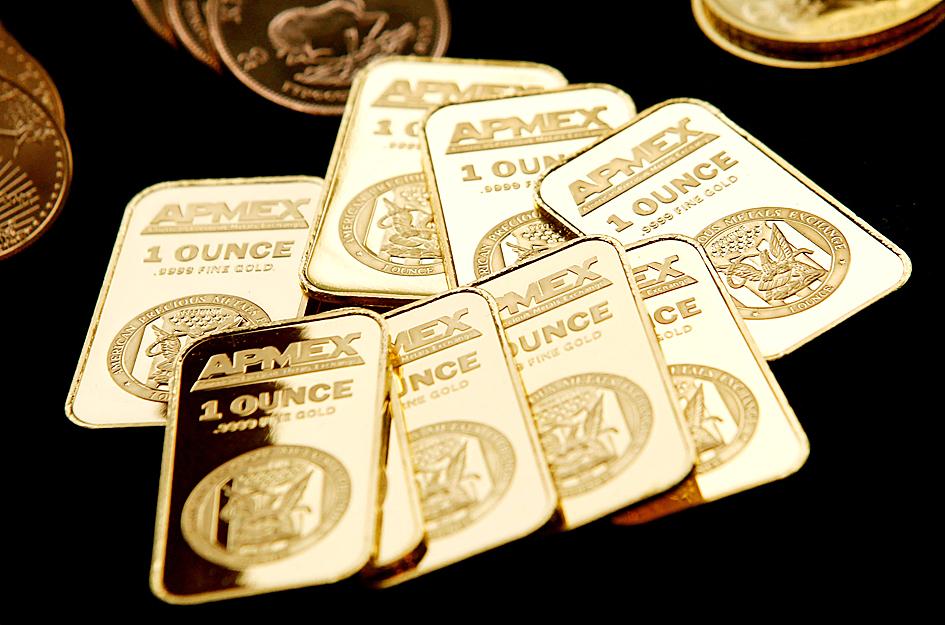
Photo: Reuters
The standoff between the West and Russia has increased the appeal of haven assets such as gold. The precious metal posted a third straight weekly gain, its longest run this year, even as the US Federal Reserve is preparing to raise rates, which could damp demand for non-interest bearing gold.
“A rise in Russia risk premium” contributed to the increase in gold prices from the start of this month, TD Securities commodity strategists led by Bart Melek said in a note.
Citigroup Inc analysts, including Aakash Doshi, upgraded their near-term price forecast to US$1,950 an ounce from US$1,825, citing the geopolitical tensions.
Further out, the bank remains bearish, with a target of US$1,750 over six to 12 months as “higher real yields and stronger equities can weigh on bullion prices again.”
“The short-term bid for gold driven by Black Sea military tensions, a spike in risky asset volatility, and inflation hedge demand will need to grapple with an increasingly hawkish Fed and higher policy rates come March,” Doshi said.
Doshi called gold a “pain trade” and noted his bearishness on gold for both the second half of this year and next year, when he has forecast gold would fall to US$1,675 an ounce.
Spot gold on Friday fell 0.1 percent to US$1,896.29 an ounce in New York, after reaching US$1,900.06 during the day.
Bullion for April delivery slipped 0.1 percent to settle at US$1,899.80 on the Comex. The contract rose 3 percent this week.
The Bloomberg Dollar Spot Index on Friday rose 0.2 percent.
Silver gained, while platinum and palladium fell.
GOLD STOCKS
Oil and gas stocks have been the top performers in the US and Canada to start the year, but gold miners are poised to steal that crown this month thanks to a combination of geopolitical risk in Europe and inflationary risk in North America.
In Toronto, where the most large-cap gold and mining stocks are traded, the S&P/TSX Composite Gold Index is up more than 15 percent this month, outperforming the Energy Index by 13 percentage points and the broader market by almost 15 percentage points each.
In the US, Newmont Corp and Royal Gold Inc have led the S&P 1500 Supercomposite Gold Index to a roughly 11 percent return this month, compared with a 3 percent gain for the S&P 1500 Supercomposite Energy Index.
Additional reporting by staff writer
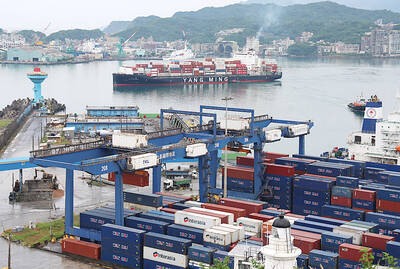
Taiwan’s exports soared 56 percent year-on-year to an all-time high of US$64.05 billion last month, propelled by surging global demand for artificial intelligence (AI), high-performance computing and cloud service infrastructure, the Ministry of Finance said yesterday. Department of Statistics Director-General Beatrice Tsai (蔡美娜) called the figure an unexpected upside surprise, citing a wave of technology orders from overseas customers alongside the usual year-end shopping season for technology products. Growth is likely to remain strong this month, she said, projecting a 40 percent to 45 percent expansion on an annual basis. The outperformance could prompt the Directorate-General of Budget, Accounting and
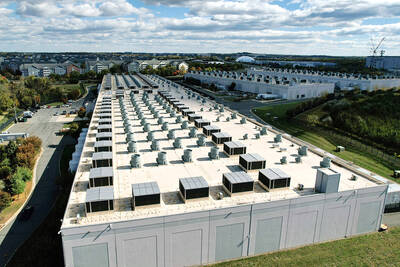
The demise of the coal industry left the US’ Appalachian region in tatters, with lost jobs, spoiled water and countless kilometers of abandoned underground mines. Now entrepreneurs are eyeing the rural region with ambitious visions to rebuild its economy by converting old mines into solar power systems and data centers that could help fuel the increasing power demands of the artificial intelligence (AI) boom. One such project is underway by a non-profit team calling itself Energy DELTA (Discovery, Education, Learning and Technology Accelerator) Lab, which is looking to develop energy sources on about 26,305 hectares of old coal land in
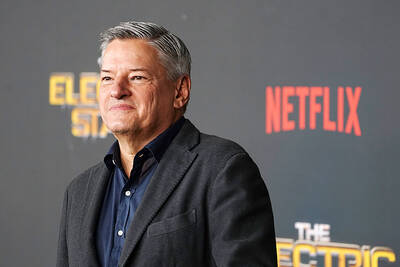
Netflix on Friday faced fierce criticism over its blockbuster deal to acquire Warner Bros Discovery. The streaming giant is already viewed as a pariah in some Hollywood circles, largely due to its reluctance to release content in theaters and its disruption of traditional industry practices. As Netflix emerged as the likely winning bidder for Warner Bros — the studio behind Casablanca, the Harry Potter movies and Friends — Hollywood’s elite launched an aggressive campaign against the acquisition. Titanic director James Cameron called the buyout a “disaster,” while a group of prominent producers are lobbying US Congress to oppose the deal,
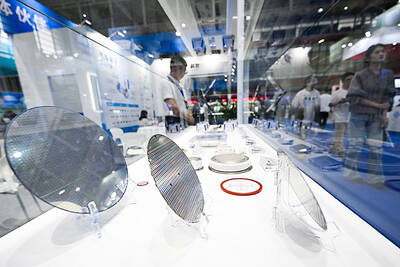
Two Chinese chipmakers are attracting strong retail investor demand, buoyed by industry peer Moore Threads Technology Co’s (摩爾線程) stellar debut. The retail portion of MetaX Integrated Circuits (Shanghai) Co’s (上海沐曦) upcoming initial public offering (IPO) was 2,986 times oversubscribed on Friday, according to a filing. Meanwhile, Beijing Onmicro Electronics Co (北京昂瑞微), which makes radio frequency chips, was 2,899 times oversubscribed on Friday, its filing showed. The bids coincided with Moore Threads’ trading debut, which surged 425 percent on Friday after raising 8 billion yuan (US$1.13 billion) on bets that the company could emerge as a viable local competitor to Nvidia